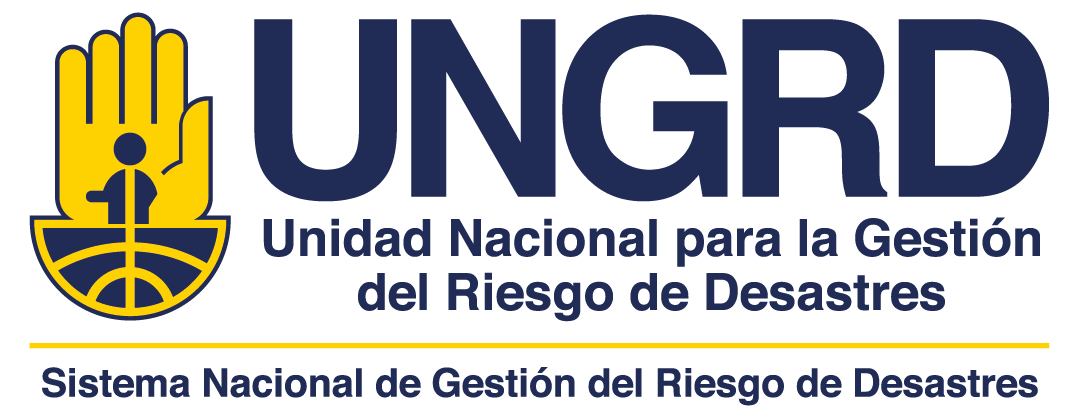Basement faults and uplift in the Colombian Llanos
Resumen
Z. Geomorph N.F, 1-11p. , dez. 1981. il. mapas. Reccurrent movements of Precambrian-aged basement fault systems has influenced the thickness and distribution of phanerozonic strata in the Colombian Llanos backarc basin. North of 6° N, the overall river trend of the Arauca, Casanare and the eastern part of the Meta rivers is virtually E-W. The area between 6°N and 2°N contains ENE-WSW lineaments. Sounth of2°N and south of the Inirida and Guayabero rivers, the treends are increasingly disorganized with a predominance of N-S trends, especially west of 71°W. From plate tectonic considerations, movement north of 2°N along principal inferred basement faults should be right-lateral and left-lateral to the sounth. Basement uplift has ocuured along the Serrania de la Macarena. This feature is marked by earthquakes and serves as a drainage divide. The Serrania is a series of beds from precambrian through Oligocene, dipping to the ENE with a strike similar to that of the ridge crest, NNW-SSE. Along the southern edge of the Serrania lies the ENE-WSW trend of the Guaviare-Guayabero rivers. If a similar trend of the Meta-Metica rivers is extended to the WSW, then the extension would lie along the northern limit of the Serrania. Thus, the Serrania de la Macarena can be interpreted as athrust block, partially cutting the sub-Andean basin. Repetitiveness of basement swells appears to be part of the tectonic style of the sub-Andean backarc basin (AU).



